Written by Leila Espinosa
Disclaimer: Moving Health Care Upstream is a collaborative effort co-led by Nemours Children’s Health System (Nemours) and the Center for Healthier Children, Families & Communities at the University of California- Los Angeles (UCLA). The views and opinions expressed in this article are those of the author(s) and do not necessarily reflect the official policy or position of Nemours, UCLA or the Moving Health Care Upstream initiative.
Almost two years ago, the MHCU Initiative launched an Improvement and Learning Network with a vision that of providing members of the Network transformational concepts that they would apply and turn into actions that could work at scale and be shared with others seeking better ways of optimizing family well-being by addressing the social influences on health. Communities that participated in the Moving HealthCare Upstream Improvement and Learning Network set out to design and test innovative care concepts that enable organizations from different sectors to work as a single system to improve family health and social outcomes. We did not have a set of solutions that could readily be adopted. We started with ideas that had strong evidence in other contexts for managing the care of families with chronic conditions, but had not yet been well tested in community systems for addressing family well-being.
The Improvement and Learning Network and its set of diverse partners actively tested these concepts and along the way, shared what was working and what wasn’t, learned to be comfortable with not knowing what might happen as staff tried new ways of working with families, and have allowed families to be part of the learning process. They found that the ideas from the Improvement Network were not only requiring them to transform their individual systems, but have enabled a shift in the culture of how they operate in order to act as a single system. As they’ve been collaborating together, they’re learning to let go of individual organizational needs to be acknowledged and credited with helping families, but rather, allow families see them as a single team, no matter what their organizational affiliation is, with shared accountability for the family goals.
The culmination of their work and reflections has now been captured in a new guidebook developed by the Business Innovation Factory, who listened to the members of the network, reviewed their work and helped document some of their learnings. It describes the experiences of partners as they sought a shared working definition of health and learned how to work collectively on family priorities and health goals. This guidebook is intended to help other communities, organizations, agencies, and all interested in working across care systems in partnership with families learn from the experiences of these innovative partnerships in working across organizations and sectors. It’s a resource for taking a “learning-by-doing” approach to addressing the upstream social influences on health. It outlines some overarching design principles as well as foundational elements and a framework for how to do this work, along with practical tools and tips for other community partnerships that are on the journey of working across organizations to achieve a population level outcome. The guidebook emphasizes family-centered design, shared learning processes, and shared accountability among local partners and provides a blueprint to engage in conversations across diverse organizations in order to design a new family experience.
We’re excited to share this guidebook to spark new conversations and partnerships across service systems and sectors in communities that are eager to address social influences on health for families. This blueprint offers a starting framework for diverse organizations to work together without having all the answers and emphasizes family involvement from the outset to transform systems and design new experiences that matter most to families.
We hope this will give other communities a clearer path forward on the journey to improve population and community health.
We encourage others to download and share this with your colleagues and use the tools included here as you reach out to your community and family partners in designing a new way of improving the health of families in your community.
